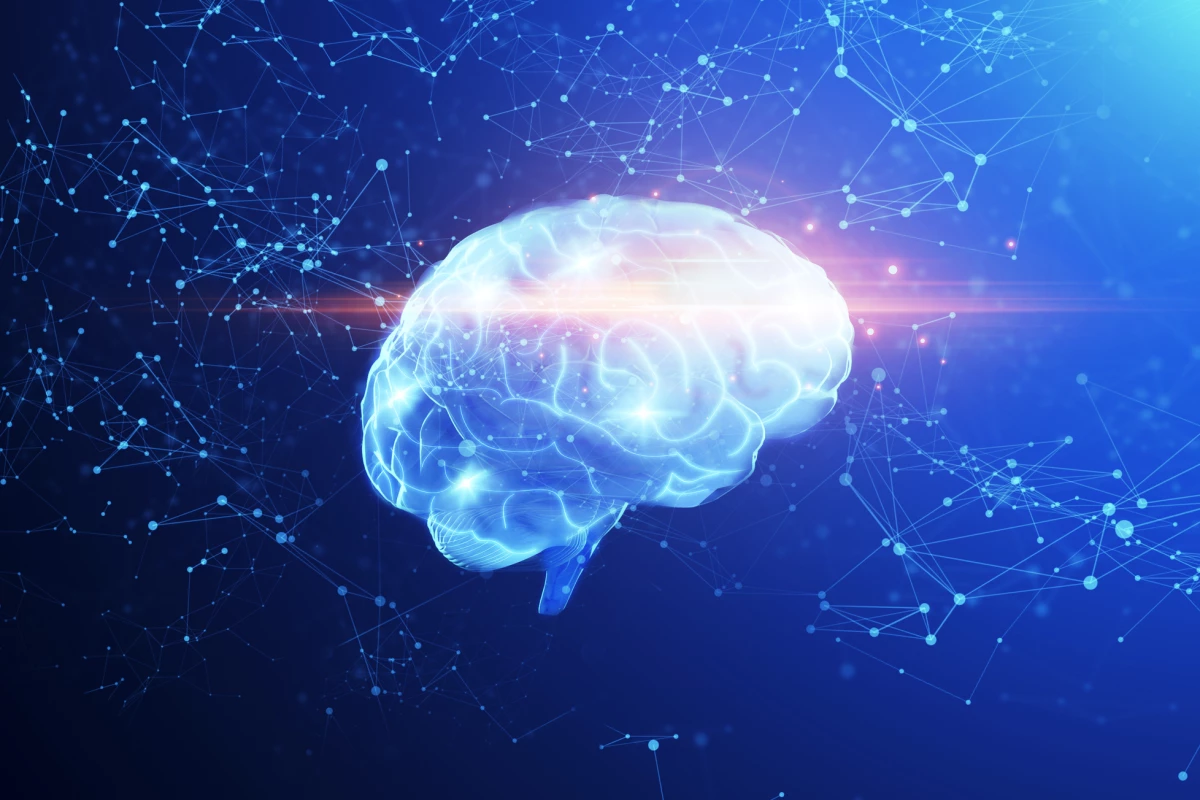Scientists investigating the potential of a non-invasive laser therapy to improve cognitive function have produced some promising early results. There are important questions still to answer, but the team demonstrated an ability to boost short-term memory in human subjects by targeting specific regions of the brain through the skull with particular wavelengths of laser light.
The experimental treatment explored in the study is called transcranial photobiomodulation (tPBM), and involves delivering light photons through the skull to induce changes in brain activity. Studies have started to hint at how the technology can improve different aspects of brain function, such as cerebral oxygenation. Researchers are also exploring how it might be used to treat brain disorders like Parkinson’s and Alzheimer’s, and clinical trials are in the pipeline investigating its effects on autism spectrum disorder.
Studies have also demonstrated that tPBM can drive memory improvements in mice, but these links were yet to be explored in humans. Scientists at the University of Birmingham and China’s Beijing Normal University set out to do just that by enlisting 90 male and female subjects between the ages of 18 and 25, and applying the laser light therapy to the right prefrontal cortex of the brain.
This brain region plays a well-established and important role in short-term memory, and the team targeted it with variations of tPBM in order to tease out any potential effects on this function. This included treating some patients with laser light at wavelengths of 1,064 nanometers and some with shorter wavelengths, while others had the treatment delivered to the left prefrontal cortex instead. All subjects were also treated with a sham laser treatment to rule out a placebo effect.
Following 12 minutes of treatment, the subjects carried out memory tasks where they were asked to recall the orientations or colors of a set of items on a screen. Those that received the laser therapy at wavelengths of 1,064 nanometers performed at a higher level, remembering on average 2.1 objects, while those receiving the other forms of treatment remembered an average of 1.9, amounting to a 10% improvement.
“People with conditions like ADHD (attention deficit hyperactivity disorder) or other attention-related conditions could benefit from this type of treatment, which is safe, simple and non-invasive, with no side-effects,” said co-author Dongwei Li.
Throughout the experiments, the team monitored the subjects’ brain activity with an electroencephalogram (EEG), which showed changes consistent with improved memory. Though the results of the study bode well for the future clinical application of tPBM, there is still a lot of work to do to ascertain exactly why it has these effects, and how long they last.
“We need further research to understand exactly why the tPBM is having this positive effect, but it’s possible that the light is stimulating the mitochondria – the powerplants – in the nerve cells within the prefrontal cortex, and this has a positive effect on the cells’ efficiency,” said study author Professor Ole Jensen. “We will also be investigating how long the effects might last. Clearly if these experiments are to lead to a clinical intervention, we will need to see long-lasting benefits.”
The research was published in the journal Science Advances.
Source: University of Birmingham




